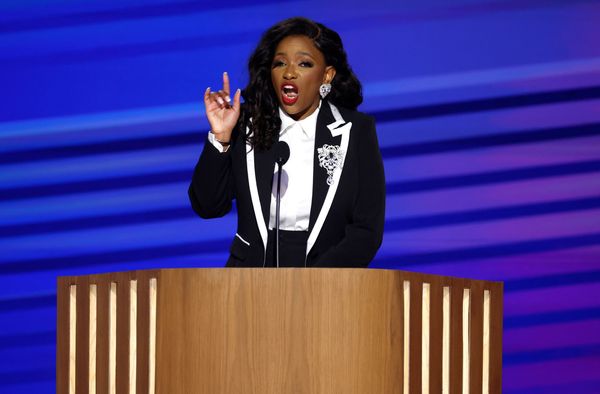Hair loss is one of the most feared and traumatic side effects of cancer chemotherapy treatment, both for patients themselves and their loved ones, as it can visibly represent the “face of cancer”.
For most patients, maintaining their hair is not just about vanity – it’s about identity, dignity and control. That’s why scalp cooling caps, or (cold caps), often worn during chemotherapy, have become an increasingly common sight in cancer wards.
Chemotherapy drugs work by killing rapidly dividing cancer cells – unfortunately, they cause collateral toxicity to rapidly dividing healthy cells in our body, like those in the roots of our hair. This leads to hair follicle damage and ultimately, hair loss.
Automated scalp cooling devices are used to chill the scalp just before, during and for a short time after chemotherapy treatment. Our previous research showed that cooling works through several mechanisms. It reduces blood flow to the scalp, meaning less of the drug reaches the hair follicles.
It lowers cell activity and metabolism, which makes hair cells less likely to react to chemotherapy. Also, cooling directly stops drugs from entering follicle cells. But despite its potential, scalp cooling doesn’t work for all patients. Until now, we didn’t really know why.
Our new research shows that temperature precision might be fundamental in the ability of scalp cooling to prevent hair loss. We used human hair follicles grown as “mini organs” in the lab to simulate what happens during chemotherapy.
When we treated hair follicles with chemotherapy drugs, we found that cooling, quite remarkably, can prevent the toxic effects of chemotherapy drugs. However, there is a catch: it only works if hair follicles are cooled to the right level. If not, the protection is not adequate to “rescue” them from the toxicity of chemotherapy.
More specifically, when cooled to an optimal temperature of 18°C, hair follicles were completely protected from chemotherapy drug-induced damage. However, when the temperature was higher – say, 26°C – the protection dropped dramatically. This finding may explain why scalp cooling doesn’t work for all patients. In real-world settings, scalp temperature can vary due to differences in equipment, head shape, blood flow, or hair type. Some patients may not reach the “protective threshold”.
But, here’s the exciting part: if the temperature isn’t cold enough, we have found a way to compensate for this by adding antioxidants, and that makes a huge difference. Together, cooling and antioxidant form a strong protective combination – offering hair follicles a powerful, double layer of defence.
So, how do the antioxidants help? Chemotherapy drugs generate harmful molecules called reactive oxygen species, or ROS, which contribute to cell damage. By adding antioxidants like N-Acetylcysteine or Resveratrol – even at sub-optimal cooling temperatures – we saw a remarkable improvement in protection. In fact, the combined effect of antioxidants and moderate cooling mimicked the protection seen with optimal cooling alone.
Although our study was conducted in the lab, it paves the way for improving the outcomes for patients undergoing chemotherapy. The findings suggest that combining antioxidants with existing scalp cooling could make the treatment more reliable and accessible.
We’re now developing a topical antioxidant treatment designed to reach the vulnerable parts of hair follicles in the scalp. The idea is to apply this lotion during scalp cooling, to boost the follicle’s defenses. Clinical trials are being planned to test this combined approach in patients.
Our new research is a milestone, because with the help of antioxidants, we may now be able to offer effective scalp cooling-based hair protection more widely and more consistently – even when conditions aren’t perfect. The combinatorial approach is based on over a decade of research into how chemotherapy damages hair – and how that damage can be stopped.
Hair loss during chemotherapy is deeply distressing. If we can improve the tools we already have, such as scalp cooling, and make them work better for more people, we can help preserve not just hair, but dignity, normality and quality of life during an incredibly difficult time.
The future of supportive cancer care isn’t just about treating the disease. It’s also about helping people feel like themselves and maintain their dignity while they fight it. This new approach has the potential to “change the face of cancer” for patients worldwide.
Nik Georgopoulos is a member of the scientific advisory board of Paxman Coolers Ltd, but receives no consultancy-related income. He holds a research collaboration with and his laboratory receives funding from Paxman Coolers Ltd.
This article was originally published on The Conversation. Read the original article.







